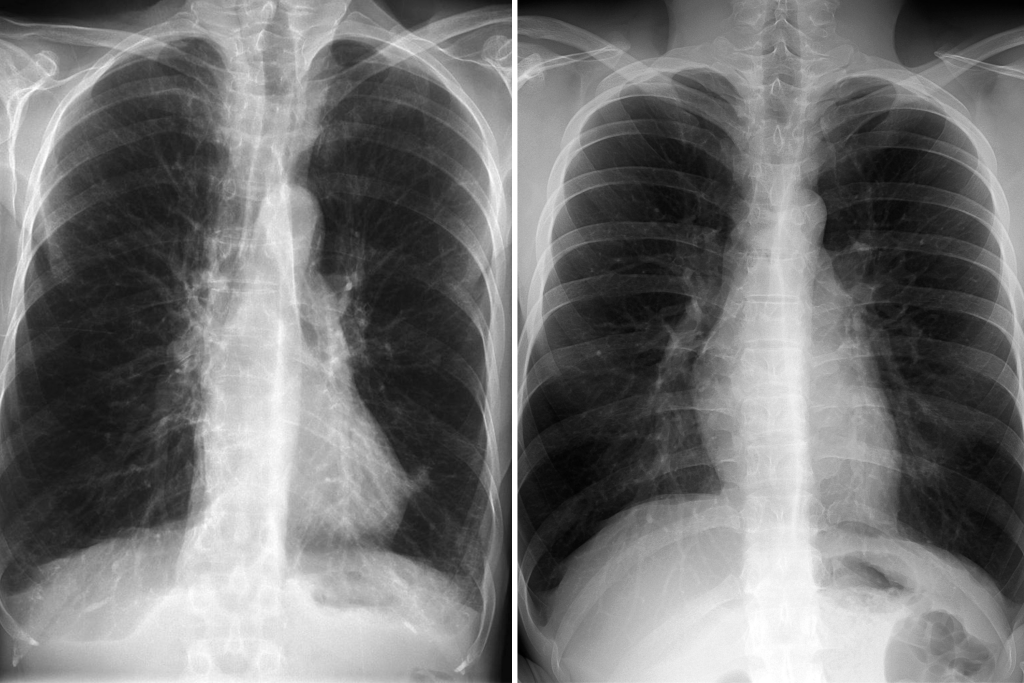Abstract

Emphysema progression in chronic obstructive pulmonary disease (COPD) presents a notable challenge due to its significant variability among individuals and the current lack of reliable prognostic markers. Given the limited therapeutic options available for emphysema, there is a critical need for early detection and intervention strategies. Identifying individuals at risk of rapid progression is essential to effectively halt or slow the disease’s advancement. This study introduces an innovative approach employing a localized foundational model of density evolution to pinpoint local radiographic embeddings indicative of emphysema progression. Central to our methodology is the Local Emphysema Progression (LEP) score, a novel metric derived from our model that aggregates localized lung tissue activations into a comprehensive, subject-level risk assessment tool. The model’s performance was tested on 3728 COPDGene participants, comparing baseline to 5-year, and 1421 scans taken from the 5-year to 10-year interval period. Additionally, our findings were replicated in 1058 ECLIPSE participants. The model effectively identifies lung regions with emphysema progression, achieving an AUC of 0.88. The LEP risk score shows good correlation with the change in the percentage of low attenuation areas below −950 Hounsfield Units (Δ%LAA-950), with correlation values of 0.50 in the COPDGene cohort and 0.40 in the ECLIPSE cohort among subjects with emphysema progression (Δ%LAA-950 > 0). Furthermore, LEP risk score associates with mortality and several COPD outcomes, underscoring its potential as a valuable tool in clinical prognosis and management of emphysema progression in COPD patients.
Leave a Reply